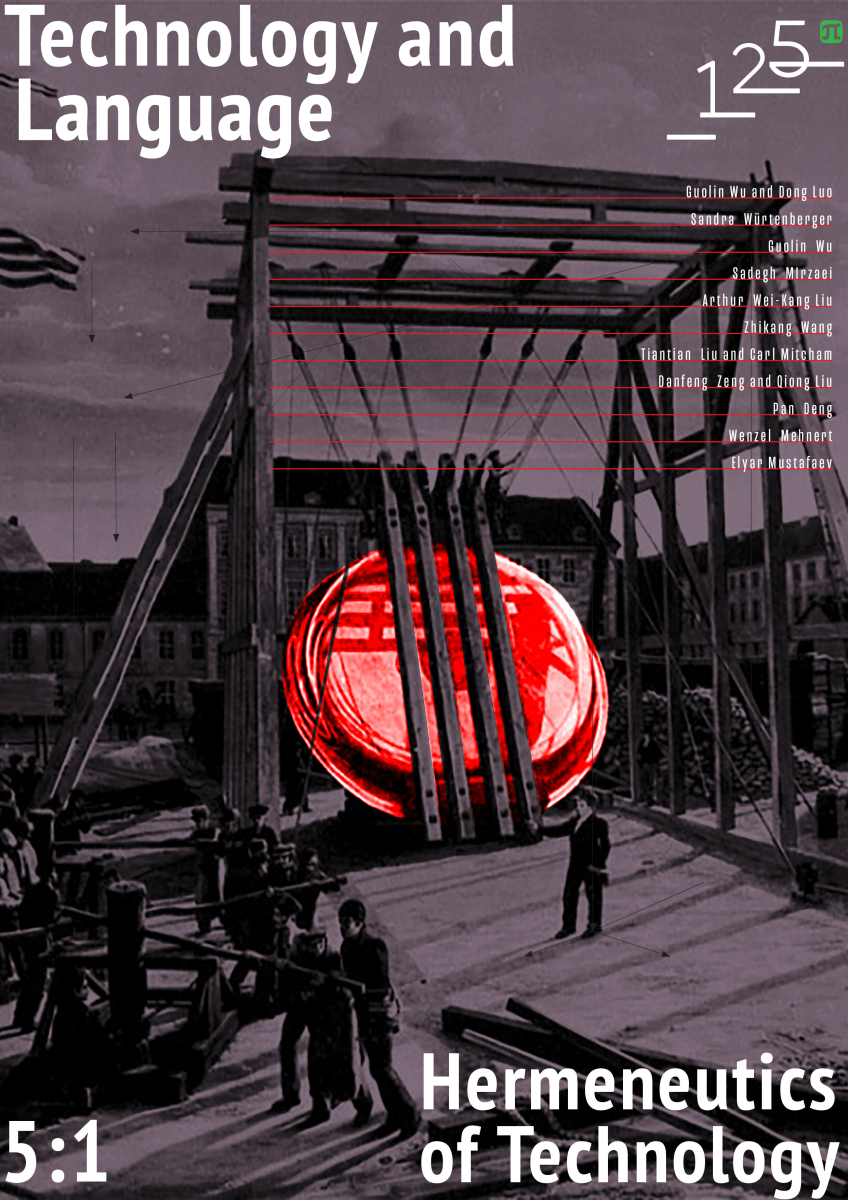Computer Programs and Musical Compositions as Technical Artifacts - Ontological Parallels
This article compares tonal music and computer programs on a level of technicity, their linguistic properties, and their ontology. Referring to Raymond Turner’s concept of a technical artifact, both artifacts are technical in the sense that they were created with intention by someone at a certain time. Computer programs as well as music come in physical notes, a symbolic composition, and a physical manifestation when being run or respectively played. They share important properties and similarities in their modes of usage. This investigation presents the parallels between computer programs and tonal music regarding compositionality and normativity. Incorporating Wittgenstein’s approach to music as well as the works of Tim Horton and Hanne Appelqvist, the quasi-linguisticness of music and the consequences of this will be shown. Music as well as natural languages and programming languages are composed in a rule-governed way and form meaning through the syntactical combination of context-independent constituent parts. Using Raymond Turner’s perspective on technical artifacts both are portrayed as such. The result of this ontological investigation is that they show certain parallels in their genesis as well as in the ways they are handled. We will therefore claim, that their ontological status may also exhibit parallels. Hence, the investigation of one of the two may contribute to gaining knowledge about the other’s ontological status.



